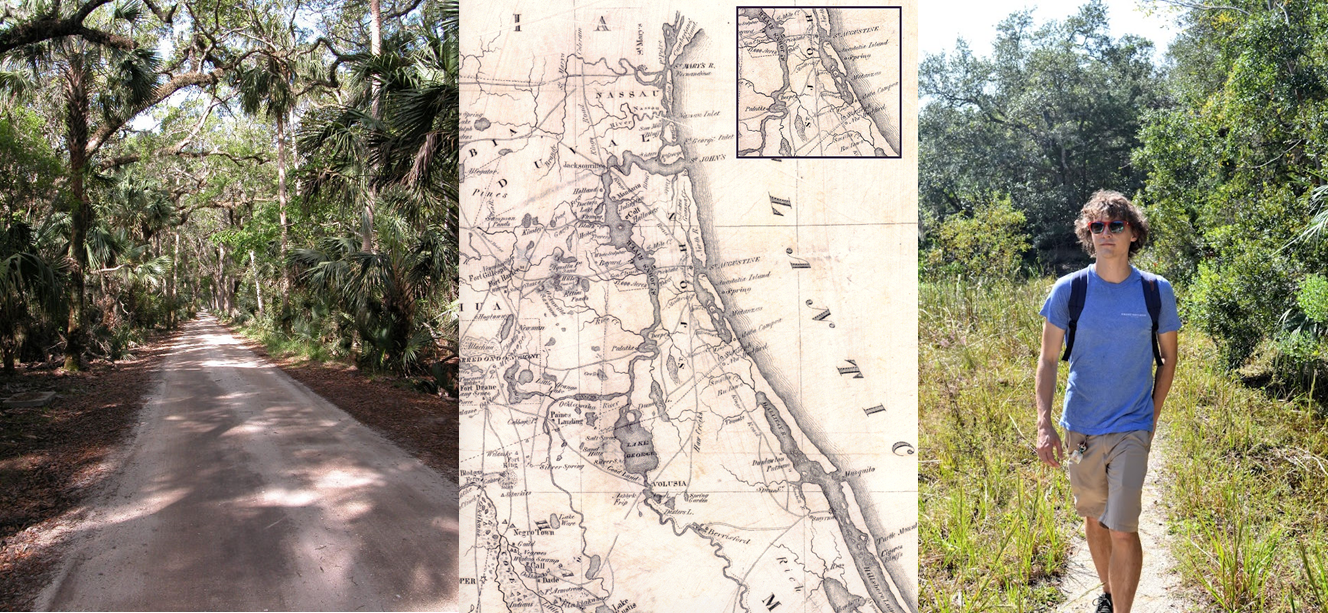
Hiking Through History
Retracing a Minorcan Odyssey with Ryan Brennan
Follow Ryan live on his journey by visiting our socials:
Who Are The Minorcans?
Originally, The Minorcans were a group of indentured servants from Italy, Sicily, Greece, and the island of Menorca, who were brought to Florida in 1768. They were contracted to work on Andrew Turnbull’s Indigo plantation in New Smyrna for a set amount of years, then receive a piece of land as payment for service. In 1777, after nearly a decade of poor working conditions and neglected contracts, the Minorcans fled the plantation in search of a better life 67 miles north in St. Augustine. Once settled in the northern end of town, the Minorcans quickly became members of St. Augustine society, taking up jobs like fishing, carpentry, farming, stonemasonry and more. Despite being 4,500 miles from their homeland, the Minorcans maintained incredibly strong ties to Menorcan culture and traditions, passing them down from generation to generation through stories, food, songs and more.
Today, descendants of the original Minorcans can be found throughout St. Augustine, and the United States, many of which still practice old Minorcan traditions.
What is Coquina?
Coquina is the native stone of North East Florida. Dubbed “The rock that saved St. Augustine” by the National Park Service, Coquina is a unique building material that can be found throughout the “First Coast” region. Through a combination of Coquina Clam Donax Variabilis shells, acidic rain, and thousands of years of weight and pressure, the coquina clam shell remains are compressed by the weight of the beach into a porous limestone like material that is excellent for building structures. Today, The Ximenez-Fatio House Museum is one of 31 original coquina homes left in St. Augustine, and is believed to be built by Minorcan leader Francisco Pellicer, as a gift for his daughter Juana and her new husband, Andre Ximenez.
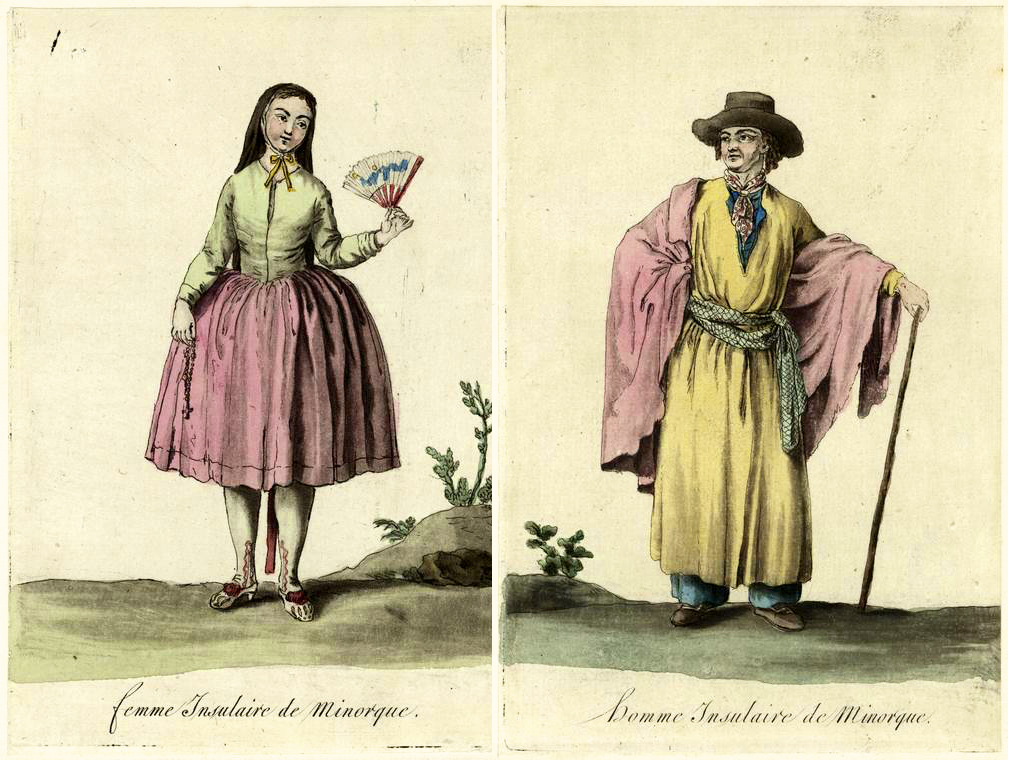

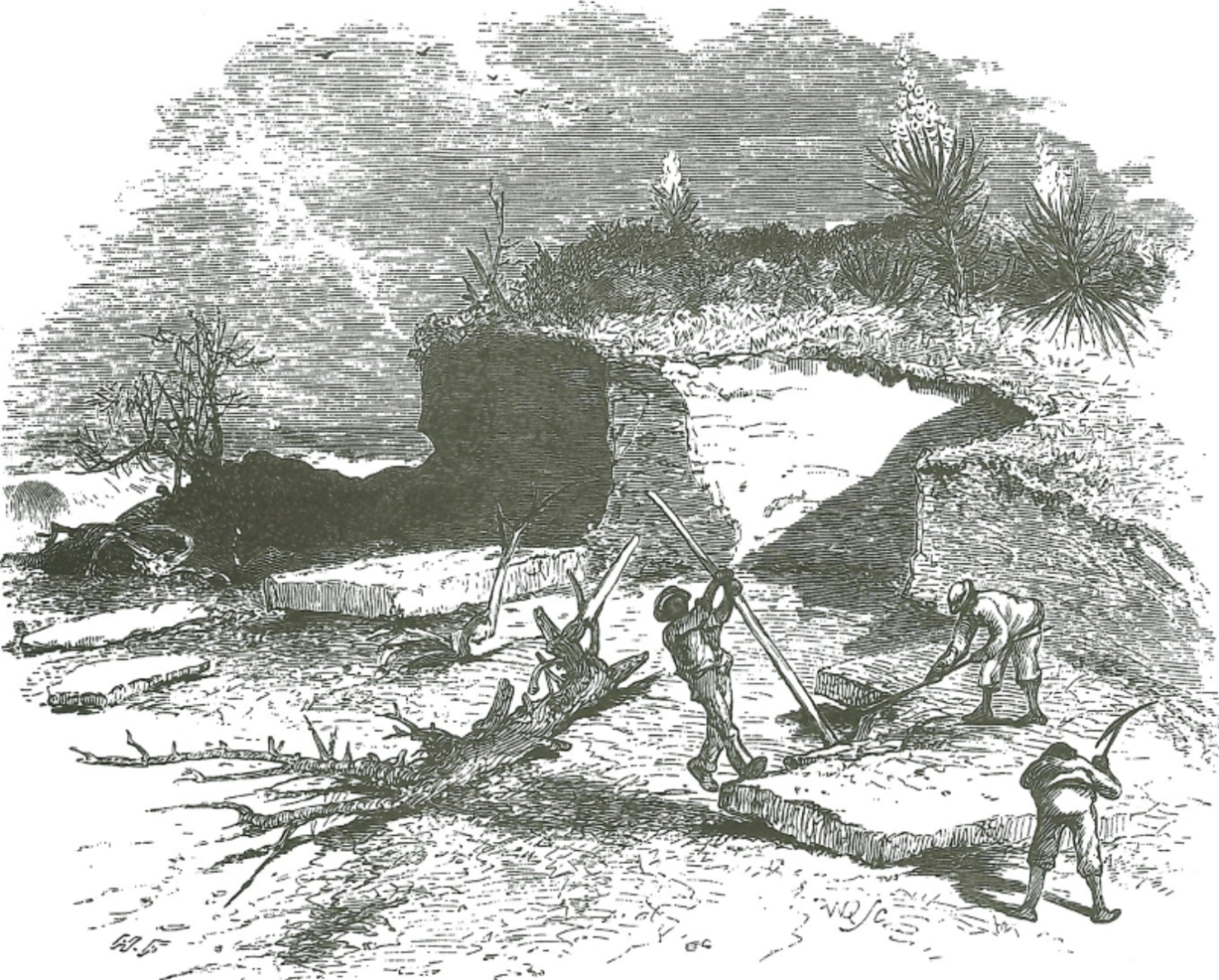
All About Limewash
Rather than use paint, which clogs the Coquina pores, the Ximenez-Fatio House and other coquina structures must use a specific type of lime wash to coat and protect the Coquina.This is the main reason I am raising money. Lime wash must be applied every seven or so years, and the house is due for a lime wash. Together with your support, we can continue to preserve the gem that is the Ximenez-Fatio House Museum, as well as raise awareness for other unique Coquina buildings in the area.
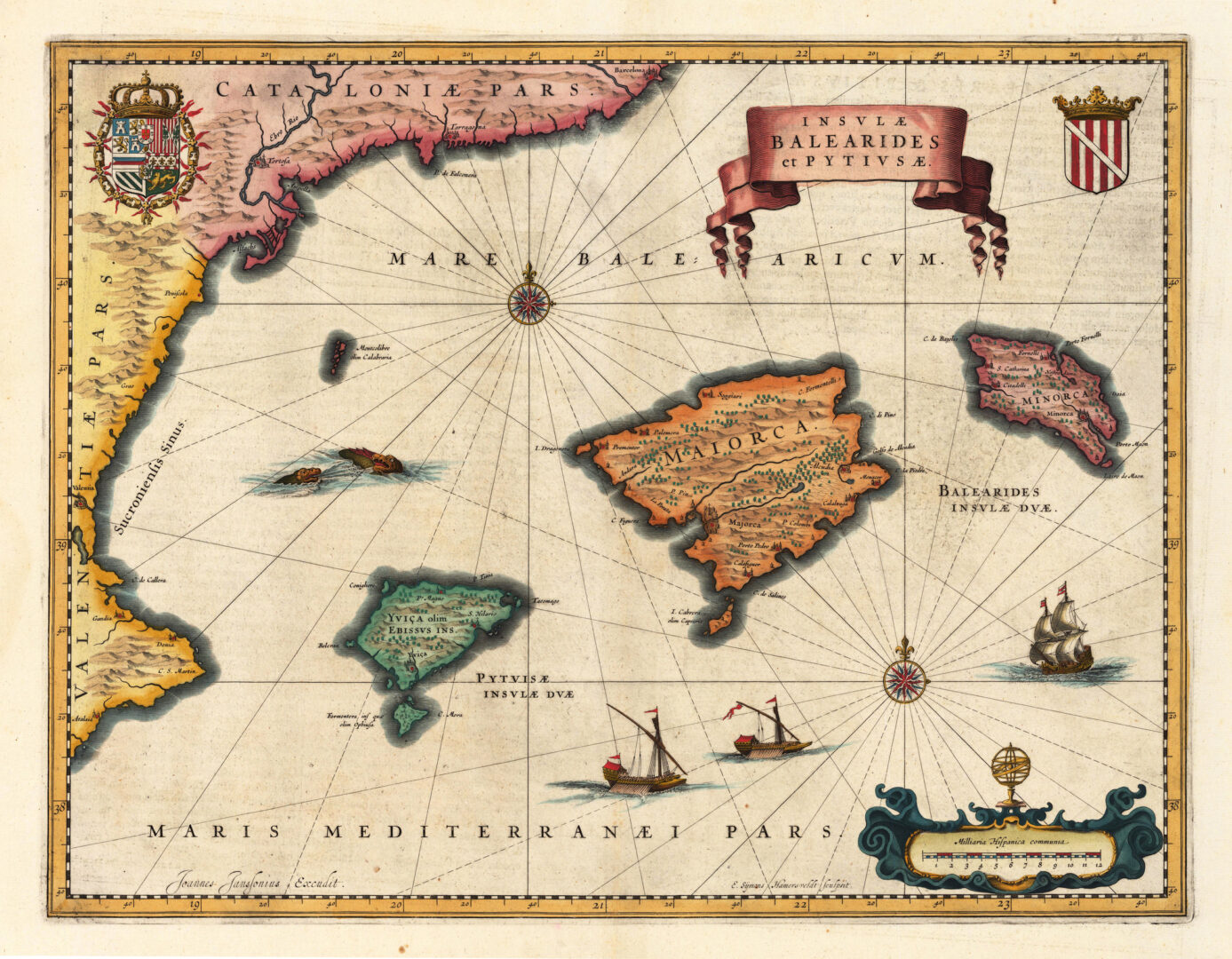
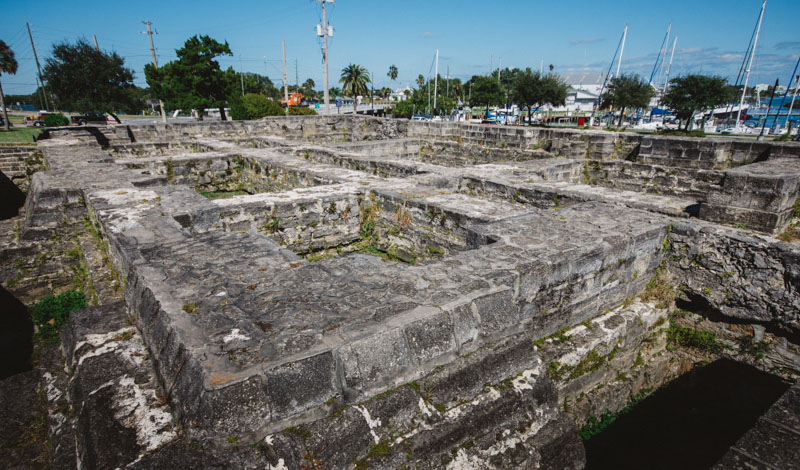
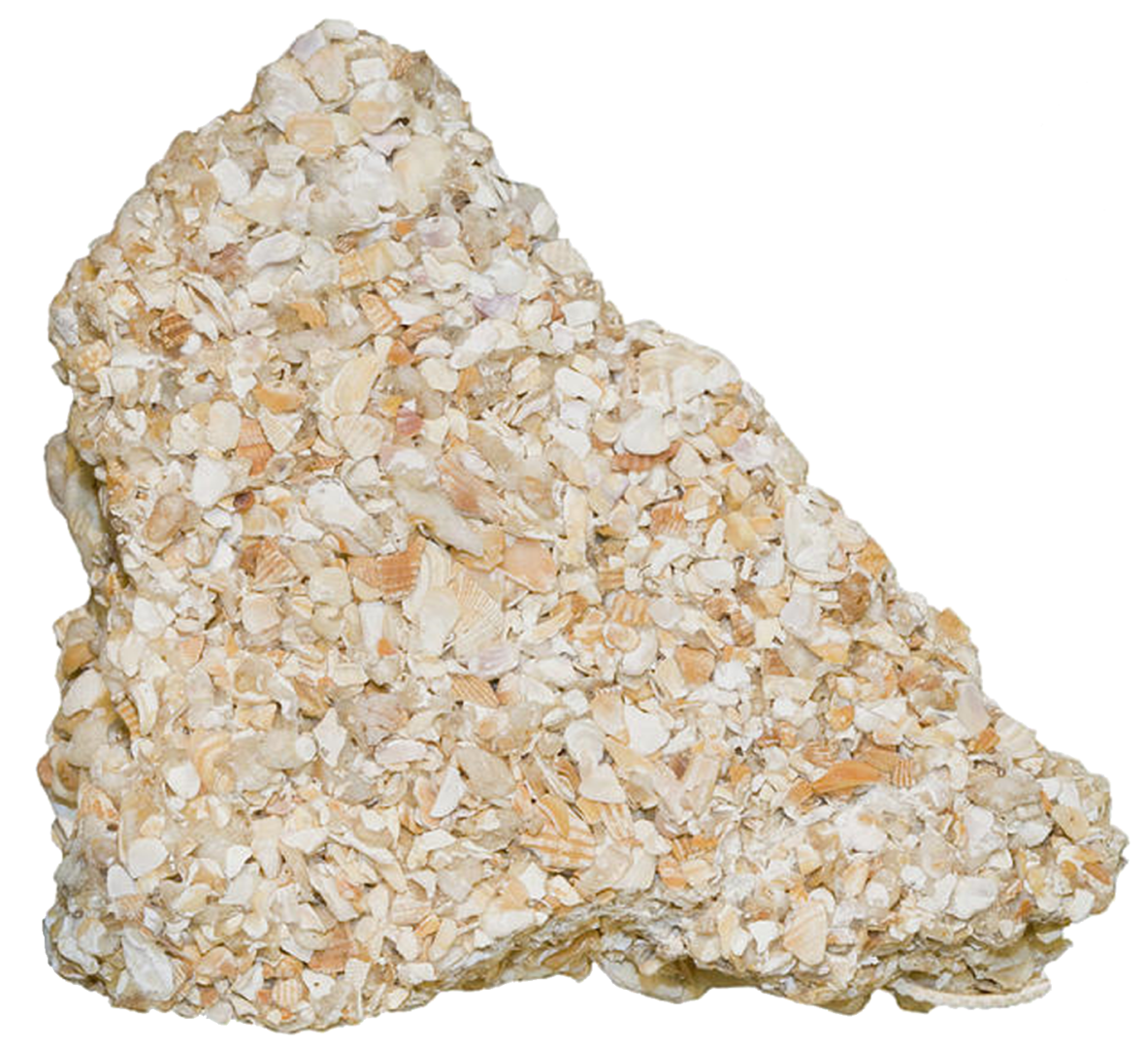
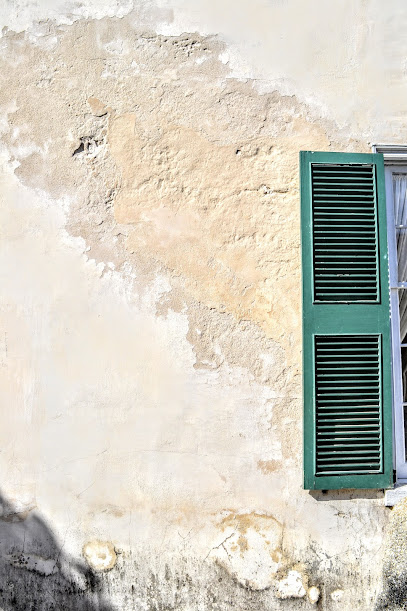
Due to Coquina’s organic nature, it is very different from manmade concreate or tabby. Special conditions must be kept in order for the coquina to breathe, which prevents the formation of mold and other detrimental conditions, which may lead to its destruction. Continual protection is critical to preserve the Ximenez-Fatio House and the over 30 other coquina structures in the St. Augustine area.
What is Hiking Through History?
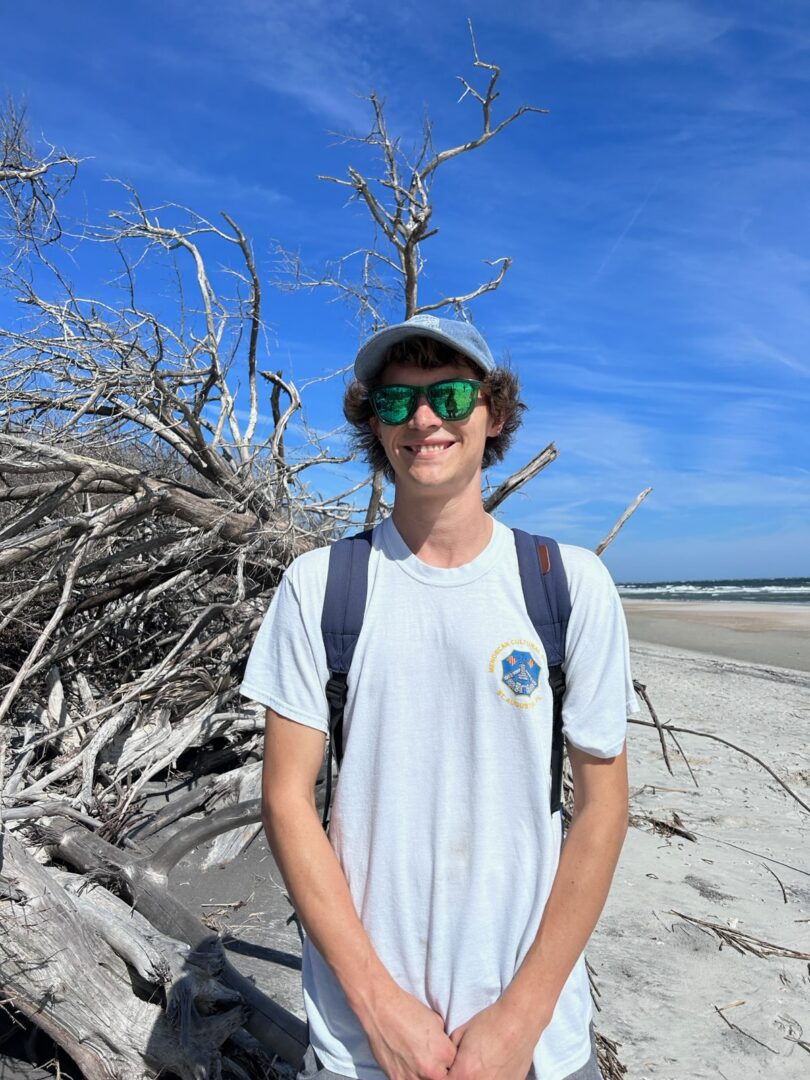
In November 2022, long-time museum staff member, Ryan Brennan, successfully completed his project titled “Hiking Through History: Retracing a Minorcan Odyssey.” Ryan embarked on a challenging journey, covering over 60 miles along the Florida coast from New Smyrna Beach to St. Augustine. This route closely followed the path of Andrew Turnbull’s indentured servants, who hailed from Italy, Greece, and the island of Menorca. These individuals were forced to flee the plantation after enduring nine years of iron-fisted rule by Turnbull.
In just four days and three nights, Ryan completed this incredible journey, raising over $8,000 for the preservation of the Ximenez-Fatio House Museum’s remarkable coquina walls.
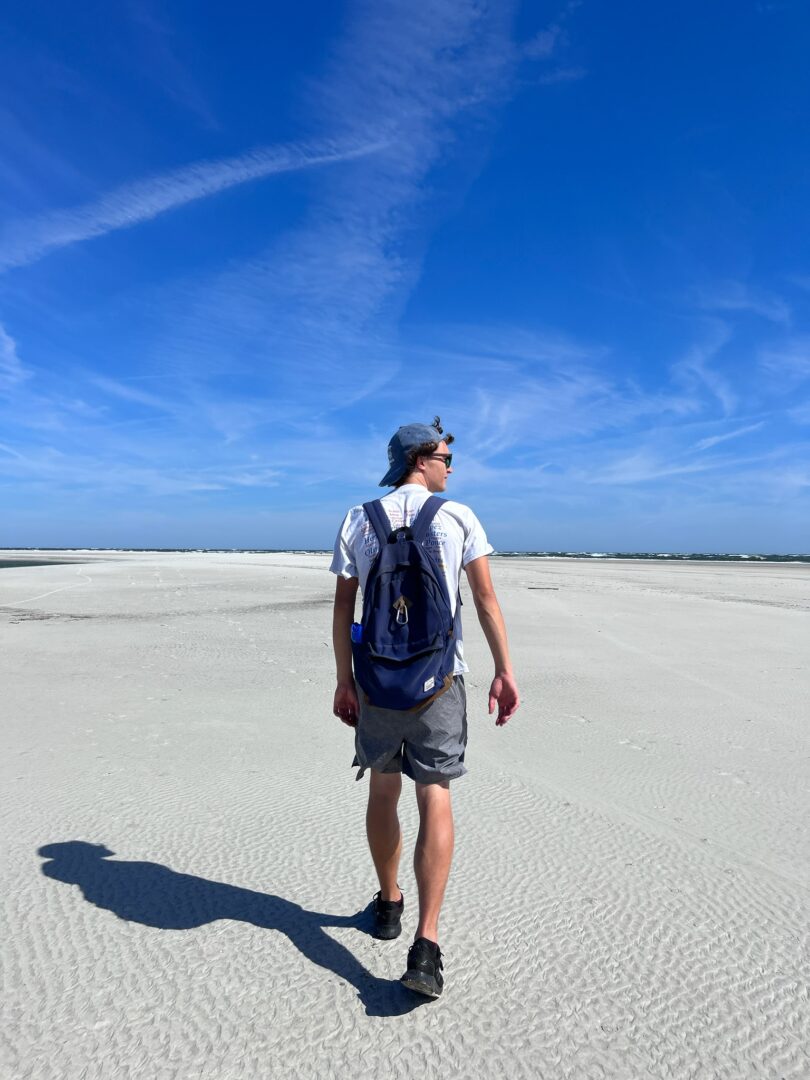
What is the Goal of My Walk?
While Coquina is an excellent building material, it still requires annual maintenance. Last year, we set out with a goal of raising $1798 in honor of the year the Ximenez-Fatio House Museum was built, and were thrilled to surpass that and raise over $7,195. This year, our goal is to raise $20,000 for the ongoing maintenance of the Ximenez-Fatio House’s Coquina walls. Originally constructed for the daughter of Minorcan leader Francisco Pellicer, The Ximenez-Fatio House Museum stands as a testament to Minorcan ingenuity and resilience. Just like Coquina buildings, Minorcan culture has remained constant in an ever-changing St. Augustine. Thanks to the donations we received in 2023, from Hiking Through History: Retracing a Minorcan Odyssey, we have been able to take a crucial step towards preserving our structure. The support extended by our community has enabled us to retain the expertise of esteemed architect Joseph K. Opperman, who identified the most critical repairs required for our coquina walls. With these funds, we are dedicated to restoring the Dining Room and the Guest Parlor, both endangered areas in dire need of significant restorative work. Every contribution received directly contributes to preserving these vital spaces, safeguarding their rich history for generations to come. I will share a modern perspective on the multiday hike, and hopefully, with my steps and your support, we can continue to preserve and present Minorcan history to the public.
How Can You Support the Walk?
I have devised various ways for people of various backgrounds to donate! The first option is an open donation of any amount. These can be given through our website, or in person at the Ximenez-Fatio House Museum shop. For those interested in supporting through a larger donation, please see the information below. With your support, we can ensure that Minorcan heritage and the Ximenez-Fatio House Museum is preserved for future generations!
$1 – $99
- Your name on our virtual Donor Wall.
$100 – $299
- Your name on our virtual Donor Wall.
- Three complimentary tickets to our Hiking Through History Post-Hike Celebration.
$250 – $499
- Your name on our virtual Donor Wall.
- Four complimentary tickets to our Hiking Through History Post-Hike Celebration.
- Your name listed in our mini-documentary credits.
$500 and up
- Your name on our virtual Donor Wall.
- Four complimentary tickets to our Hiking Through History Post-Hike Celebration.
- Your name listed in our mini-documentary credits.
- Complimentary year of full membership to the Ximenez-Fatio House Museum ($125 value) and a handwritten thank-you note from Ryan Brennan.
Thank You to Our Current Donors!
Lisa R.
Stefanie K.
Ann B.
Richard W.
Rusty H.
Peggy H.
Patricia K.
Edith S.
Bernard M.
Anne C.
Robin H.
Sherry P.
Caroline B.
Ann B.
Cynthia R.
Virginia F.
Mary B.
Donna C.
Maggie C.
Mary Beth W.
Melanie R.
Patricia D.
Tom W.
Mary W.
Julie D.
Julie D.
Elizabeth R.
Ann S.
Joan S.
Terese C.
Cynthia G.
Judy V.
Rod H.
Barb V.
Marian D.
Bonita K.
Bob J.
Duane G.
Chris K.
Mary W.
Barbara G.
Sheila H.
Darien A.
Chris K.
Jane A.
Delores A.
Jeanie T.
Business Sponsorship Information
Are you a business owner, local heritage society, or the owner of a coquina structure? We need your help! Please click here to learn more about the sponsorships we have available to our business partners.
Ready to take the step to support the Ximenez-Fatio House Museum and help to preserve and restore Minorcan culture in St. Augustine?
Thank you - Ryan

